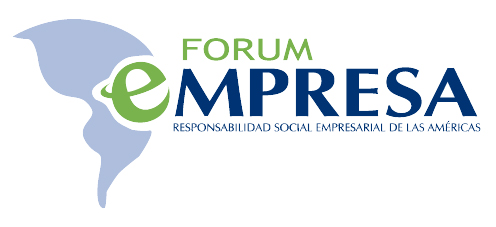Women’s Leadership Issues in the XXI Century: Part 1
What Gets in the Way of Women’s Progress in the Corporate World?
Women should reach parity with men in the higher ranks of the corporate world but unfortunately this is not happening. In developed countries like the United States, where women collect 60% of four-year degrees and represent half of the current workforce, the numbers show that progress has yet to happen. Women are getting recruited; but the larger issues arise after they enter the company.
What gets in the way of women’s progress? The issue of women’s advancement is very complex and depends on a variety of factors. According to a recent 2011 McKinsey Quarterly study entitled “Changing Companies’ Minds about Women”, there are elements that need to change that have to do with policies, programs and work practices, but mainly it focuses on changing the mindsets embedded in the organization about what women can and cannot do. In my work with women leaders in the United States and abroad, I found another element that blocks their progress related to their own mindset or self-limiting beliefs.
What can companies do to help women advance? Companies that view the issue as a culture change initiative with a strategic approach, have a much better chance of succeeding. Here are some recommended steps companies can take.
1) Support from the top The CEO needs to deal with the issue as he/she would deal with a strategic issue
2) Build a business case The company needs to build its own business case with its own data about how women are helping the bottom line. In one company it was found that women were closing more sales than men. Why? Some women who had been educators in their previous career, were writing personal notes to their clients, a gesture that accelerated the sale.
3) Conduct an audit to find out the leadership support and understand the current barriers
4) Integrate the issue into the daily work by auditing human resources practices and policies to find where there are blind discrimination spots, shifting to work practices that support women like “flexible work arrangements, phased return to work after pregnancy, etc.”, which eliminate structural problems and work on shifting existing mindsets. Over the years many companies have focused on eliminating structural problems through the establishment of Mentoring Programs, Networking Opportunities, Employee Resource Groups that provide peer coaching, Diversity Training, Annual Conferences and Development Opportunities. Few companies have paid attention to the invisible and unconscious mindsets that set women up for failure like “she is too aggressive,” “she is too passive” or “this job is not for a woman.” These are powerful forces that get in the way despite the best intentions from Human Resource departments and executives. Changing the conversation by putting women’s issues up front, collecting data on gender diversity and putting women on stretch roles are ways to challenge entrenched mindsets. It is also important to work with the women’s own mindsets, especially when they are self-limiting to their growth. Executive coaching is an excellent developmental tool that can help women overcome their own internal barriers.
5) Track numbers that are meaningful for the organization
6) Incorporate women’s advancement into the performance evaluation systems and indicators of success
7) Have tough conversations
8) Do serious skill building with the company’s women employees
My hope is that companies all over the world get inspired to deal with the real issues that are holding women back in an authentic way, so that they can tap into the wisdom and intelligence of these women to create a better world for our future generations.













